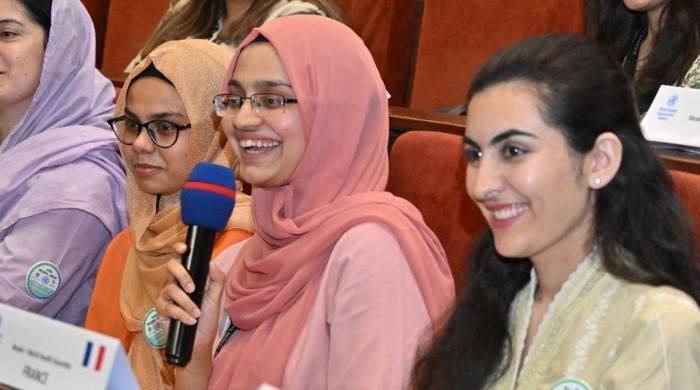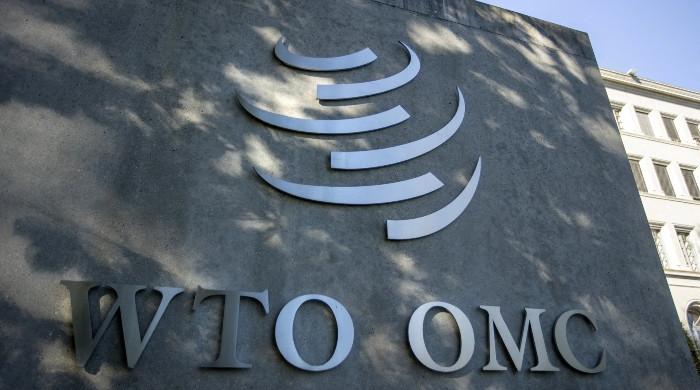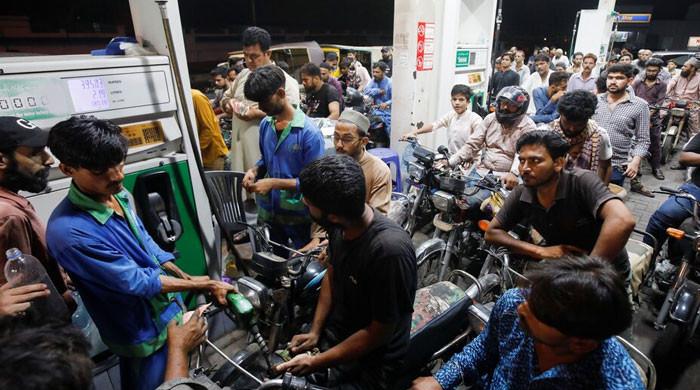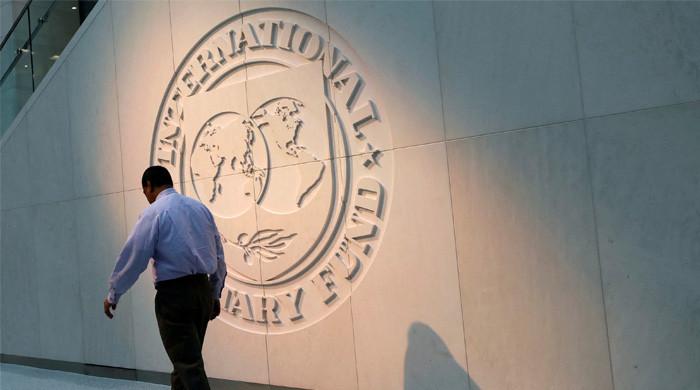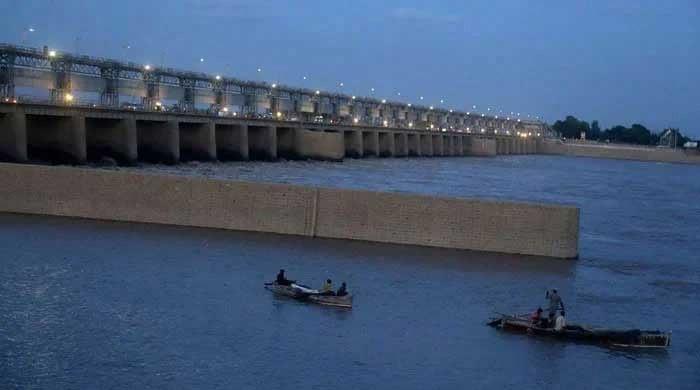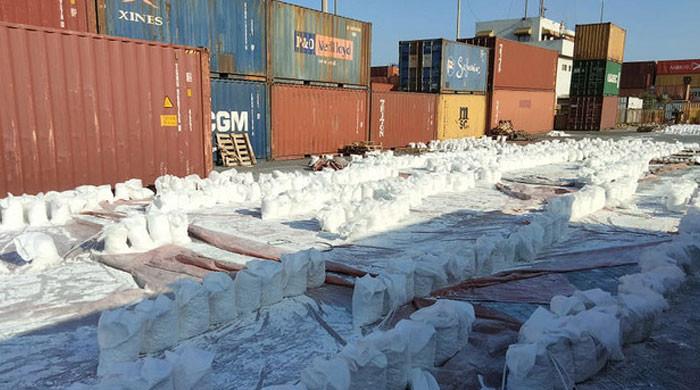The government is seizing Quaid-e-Azam University’s land
The bypass being built, and recently re-inaugurated by Prime Minister Shehbaz Sharif, will be built on QAU land, bifurcating it in two
October 19, 2022
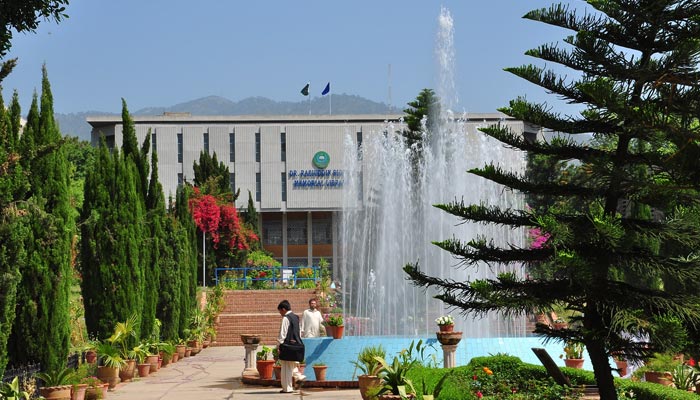
There is an ancient view of the world according to which the Earth was a flat disk. That disk had to be supported by something. So, it was imagined that this flat-Earth disk rests on the back of a giant ‘world turtle.’ But that only invites the question, what supports the world turtle? The answer was, an even bigger turtle, which in turn is supported by another turtle bigger still, and on and on in an infinite regress, with turtles all the way down!
There was a time when politics was largely the purview of politicians. Bureaucrats tended to the administrative machinery of the country and, with the historically obvious exception of the military, people in power largely kept to their spheres of responsibility. Talk of politics was largely confined to tea breaks and the PTV "Khabarnama" at 9pm.
The English used to say that politics and religion are not suitable topics for conversation in polite company. While religion has always popped up in conversations in the Islamic Republic of Pakistan for as long as I can remember, I do not remember it always this way for politics.
Musharraf’s liberalisation of the electronic media on cable television meant private channels suddenly had a lot of airtime to fill. Political talk shows were cheap to produce and gave eager politicians a free megaphone – everybody won. The non-English speaking population that could not find much on satellite TV channels and was yearning for something other than PTV (and in select cities NTM) discovered a novel source of entertainment.
Two decades later and it seems like politics has seeped into our society, into public offices and into every age group – it is politics all the way down now. Family gatherings and WhatsApp groups have been poisoned by toxic messages and media (much of it fake, unsubstantiated, and poorly reasoned) supporting slanted views.
And that increased politicisation is now once again on public display in the grab of land at Quaid-e-Azam University (QAU), Islamabad. A road is being constructed as part of the eastern end of Phase-III of the Rawalpindi Ring Road project initiated under the PTI government. While Phase II of that project (near the new Islamabad airport) has been subject to some controversy, Phases I and III are proceeding.
The segment in question would bypass Bhara Kahu and solve the genuine traffic congestion bottleneck on Murree Road in this populated area including a large slum that is growing unchecked. While that may seem like a minor inconvenience, some commentators have pointed out that it also presents a logistical nightmare for the rapid movement of personnel, goods, and vehicles from Punjab through the twin-city area and onto Murree and Kashmir should the need arise.
The root cause is the universal lack of traffic discipline and the many encroachments alongside the road in the Bhara Kahu area that prevent further expansion of the existing road. And so, instead of addressing the root cause, the Capital Development Authority (CDA) has decided to build a bypass road, which is quite literally a workaround! Like so often, this workaround will come at the cost of the weakest player which, in this case, happens to be Quaid-e-Azam University.
The bypass being built, and recently re-inaugurated by Prime Minister Shehbaz Sharif, will be built on QAU land, bifurcating it in two. The CDA’s official line is that QAU will be compensated for the land it is giving up with land to be allocated elsewhere, which is yet to happen.
Under ordinary conditions, you would expect leaders of the university to offer resistance to such an action, but all we are hearing are crickets. QAU’s vice chancellor (VC), who can often be found willing to comment on issues left and right, has gone radio silent, as has its registrar.
Over the years, political ideology has played a greater role in the appointment of university VCs and a politically pliant and useful VC requires equally pliant subordinates. There have even been allegations – yet to be substantiated – that the VC kept news of the surrender of university land under tight wraps and that faculty, students, and staff knew nothing about what had happened even when construction machinery arrived on campus; people just assumed it was part of some campus development project.
It also helps to know that the current VCs tenure is about to expire. This ongoing episode is a fine example that demonstrates the triumph of personal ambition and gains over interests of and loyalty to the institution, its students, its faculty, and its staff. If the roadkill on this road to ambition is a QAU forever cut into a campus A and campus B, a north-side, and a south-side, then so be it.
For those who cannot appreciate the problem with the government seizing land from a university, even if compensated with a piece of land elsewhere, let me try to explain. The allocation of compensatory land has not happened, and the way the CDA is dragging its feet, it looks unlikely to happen in the future. As some QAU faculty members have explained, there is no land available on any side of the existing campus which means the campus will end up being divided into three parts (one side of the road, the other side, and the land received as compensation).
For another argument, at their founding, public universities around the world are often allocated a lot more land than they need for immediate use because prices tend to rise in later years, making land acquisition for expansion prohibitive. The land is often allocated looking decades, even centuries, into the future. My own alma mater, Michigan State University, founded over 160 years ago, is what is called a land-grant institution and still has hundreds of acres of unused or underused land. Developing a campus is a slow and continuous process. Just because QAU was not using its allocated land at this time does not justify taking it away, especially not in the dark or at night without consulting the university community.
Finally, as an intangible, university communities take significant pride in their institutions, the education they received there and even the beauty of their campuses. Routing a multi-lane highway through it is a blight.
A group of current and former faculty members are putting up some resistance. The Ministry of Federal Education and Professional Training (MoFEPT) has also injected itself into the matter. Given its role in last year’s fiasco around the removal of the HEC chairperson and the fact that it is a federal ministry, it is hardly a neutral party here. Like universities, its upper ranks too, have been infected by political allegiances.
As a counter-example of how things should be, consider South Korea. Every year graduating high schoolers sit for the Suneung, an eight-hour-long competitive annual exam that effectively determines their careers and with that their future social standing and likely course of their professional lives. It is a national event and the pressure on students is enormous. To provide students with the most conducive exam conditions possible, flights passing over examination centres are rerouted, cancelled, or delayed. Students that are running late or are stuck in traffic have the right to request police escorts to help them reach their exam centres on time.
If South Korea’s efforts and fuss over an exam roughly equivalent to FA /FSc /A-levels exams are symbolic of the importance its society accords to education, ask yourself what does the naked land grab at QAU say about us?
The writer (she/her) has a PhD in Education.
Originally published in The News




